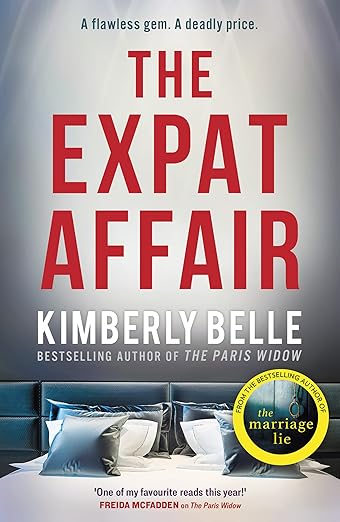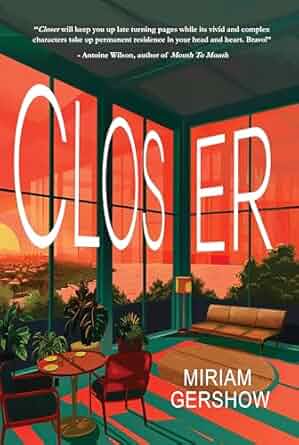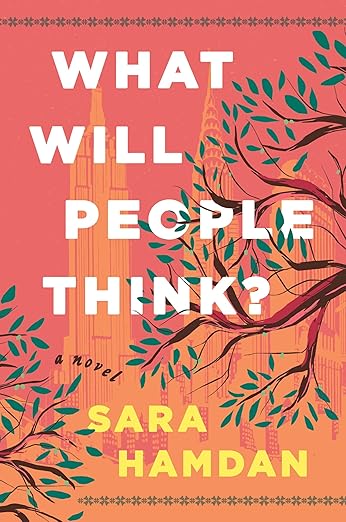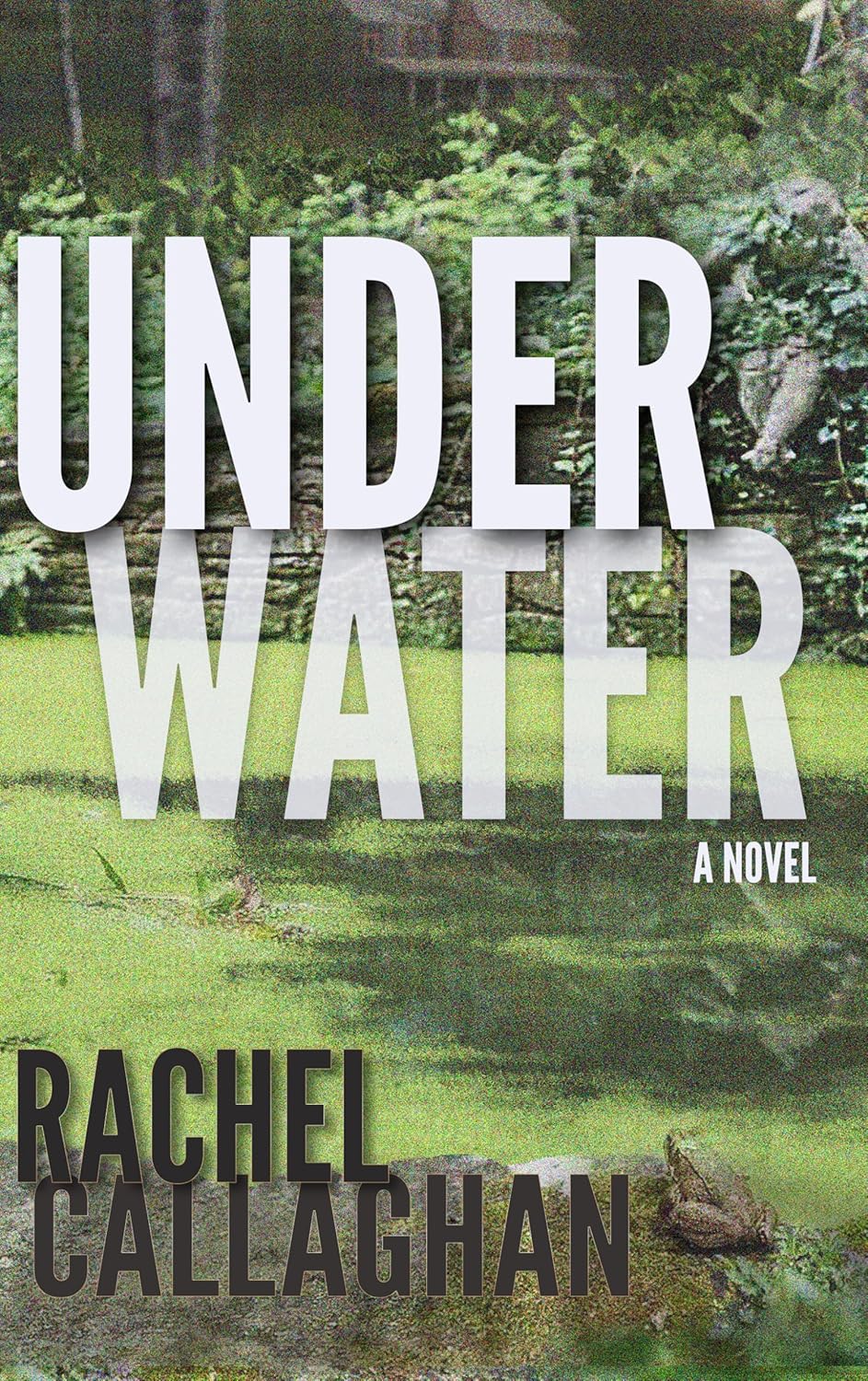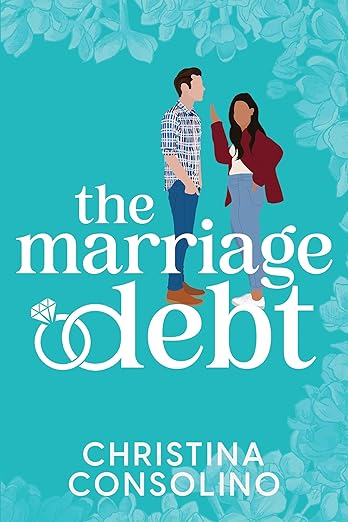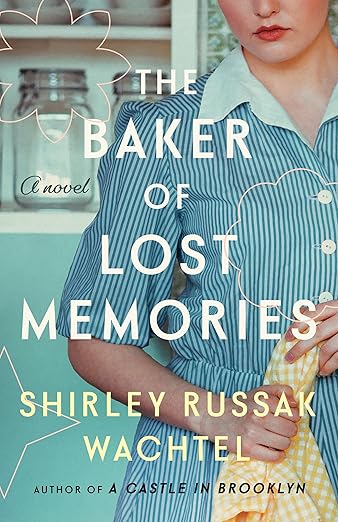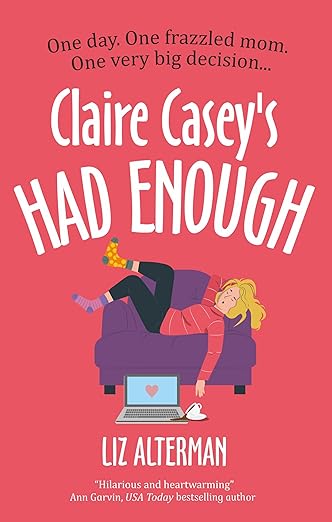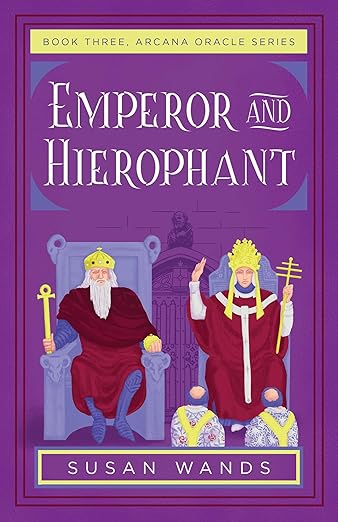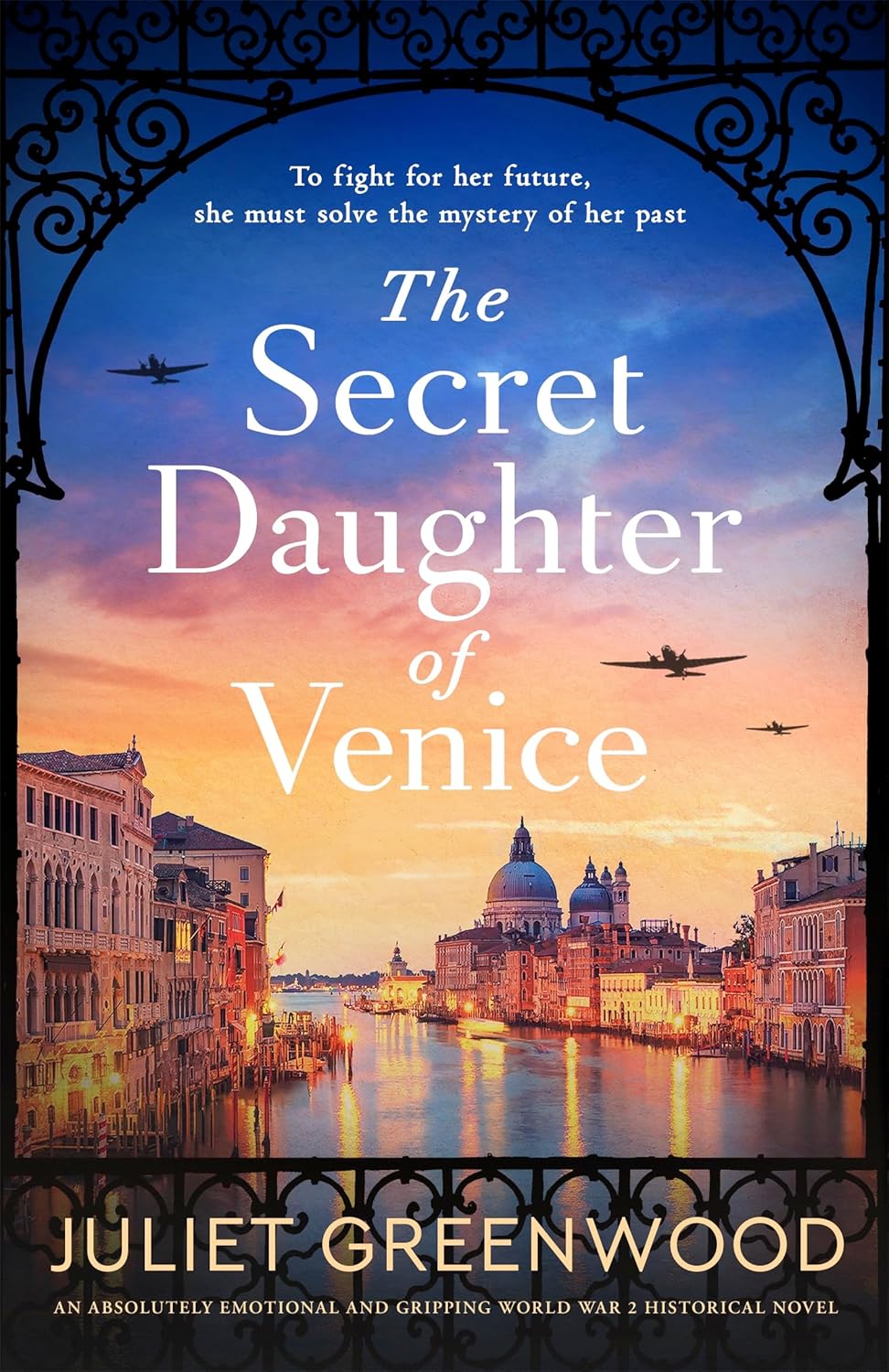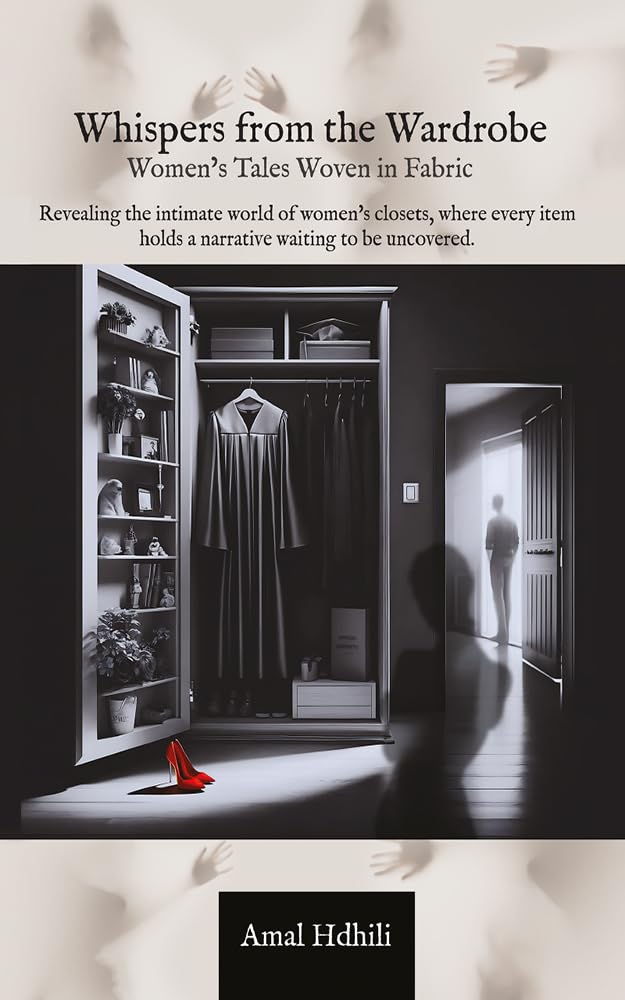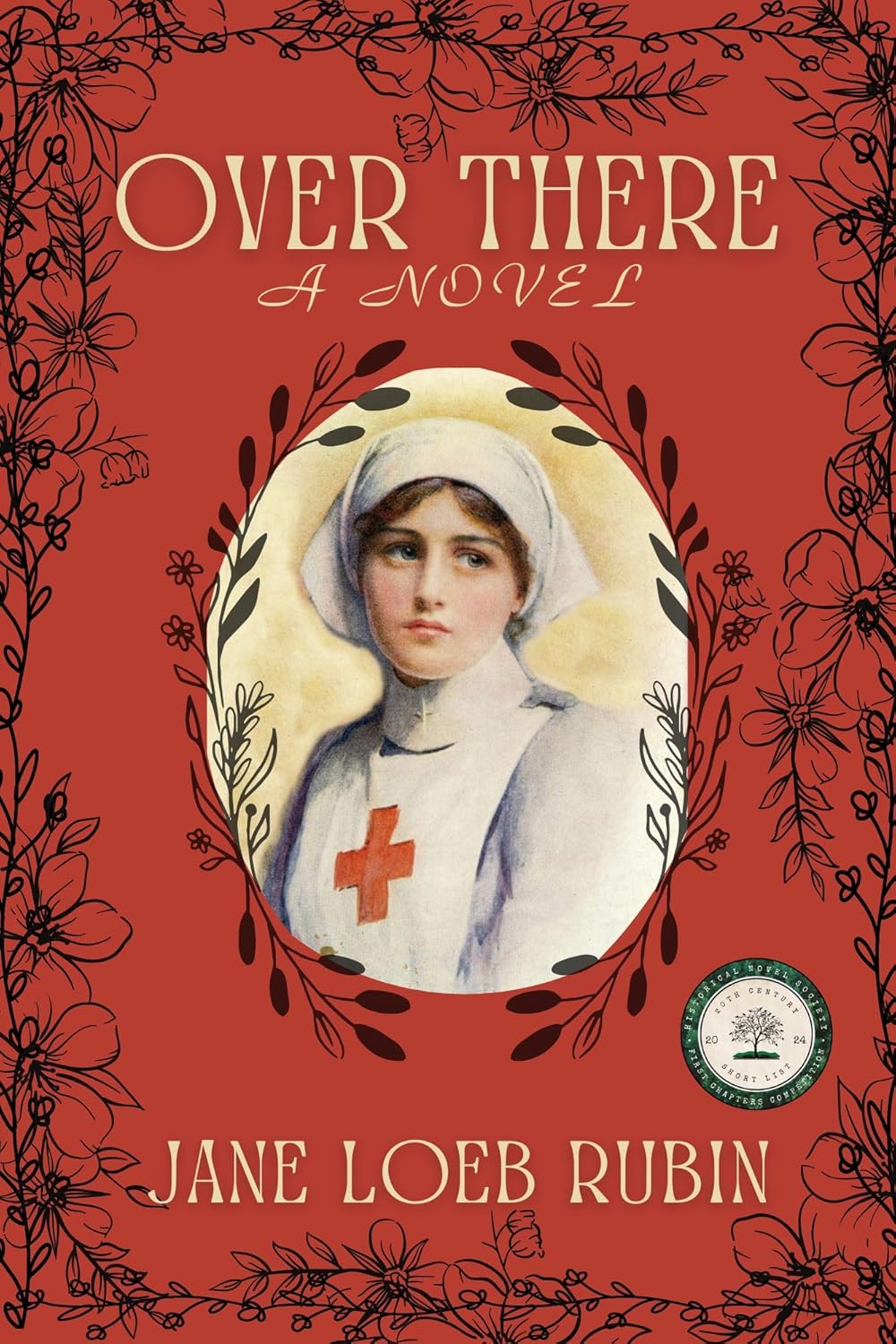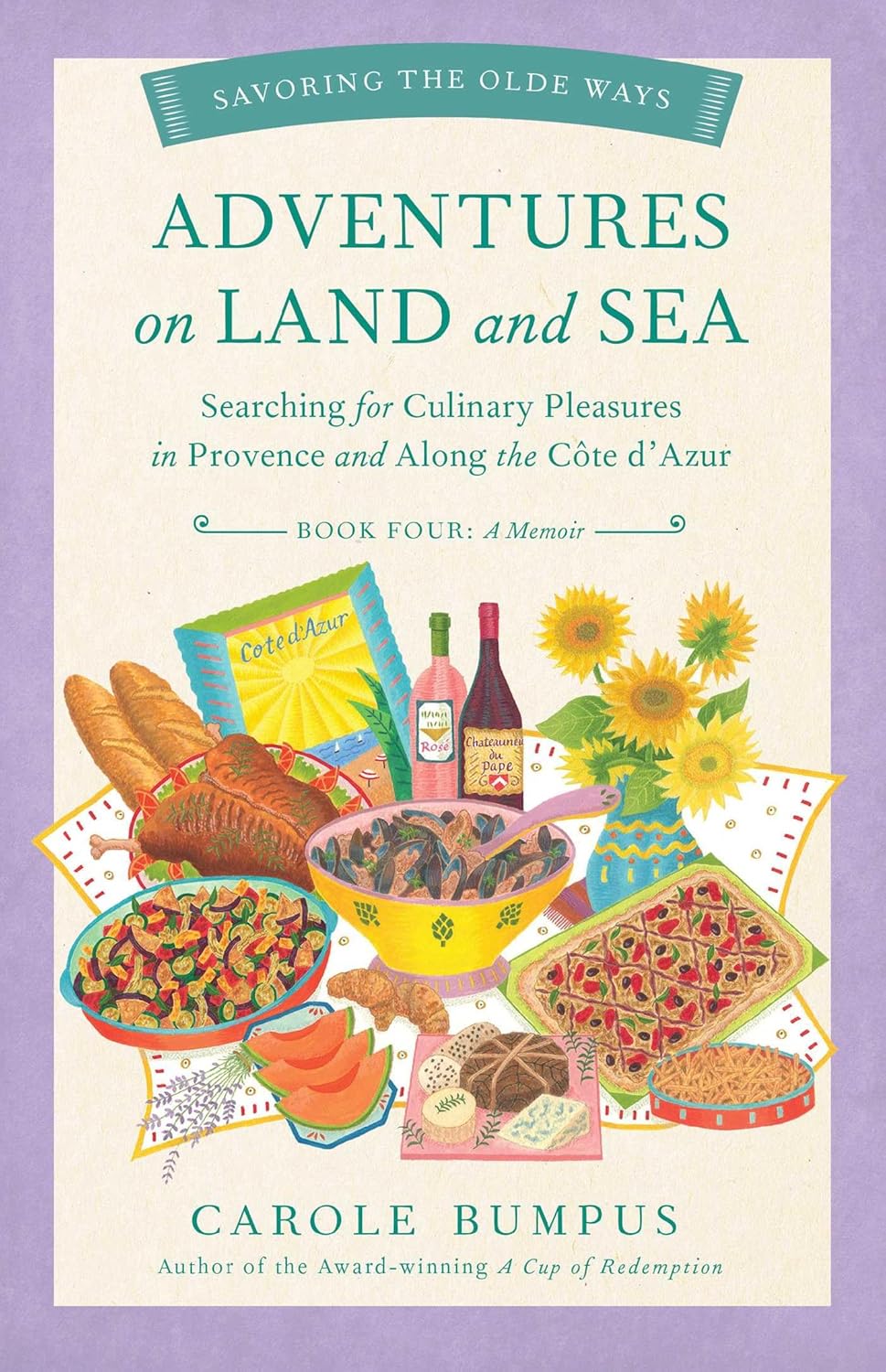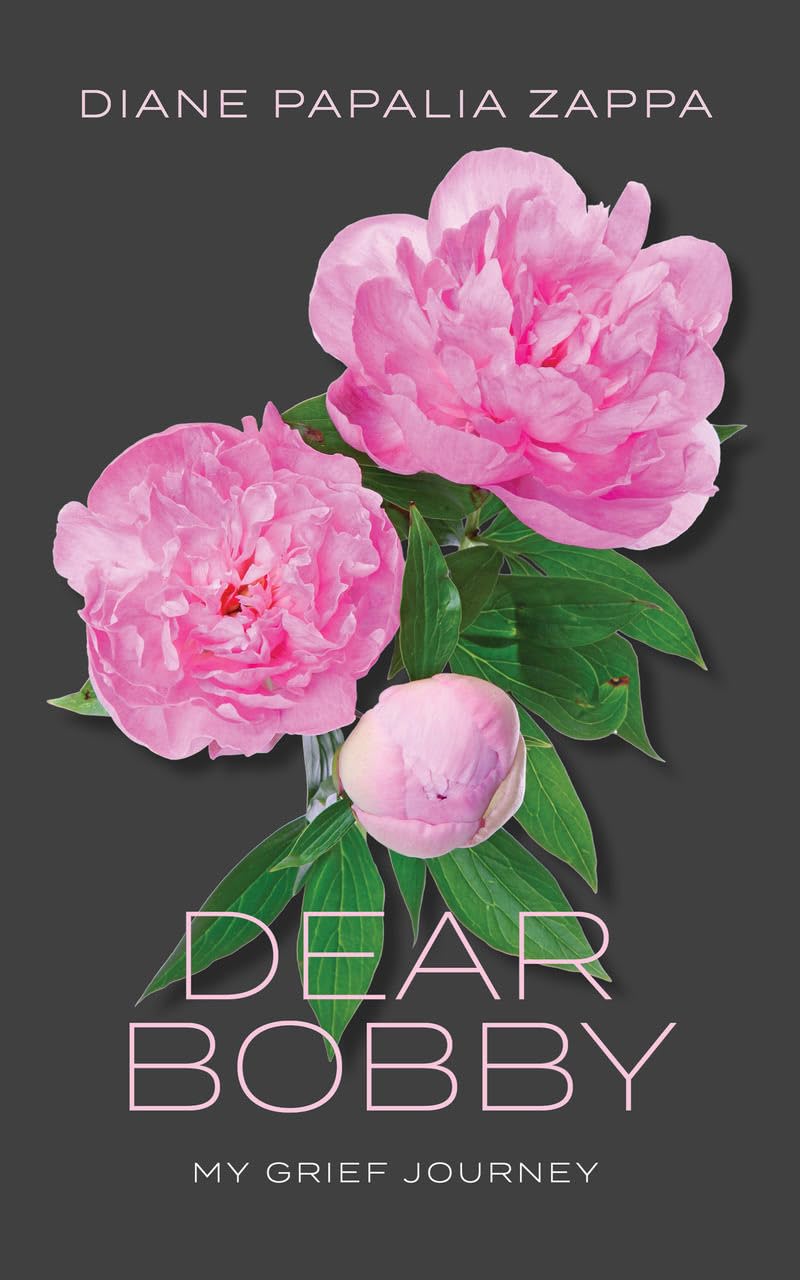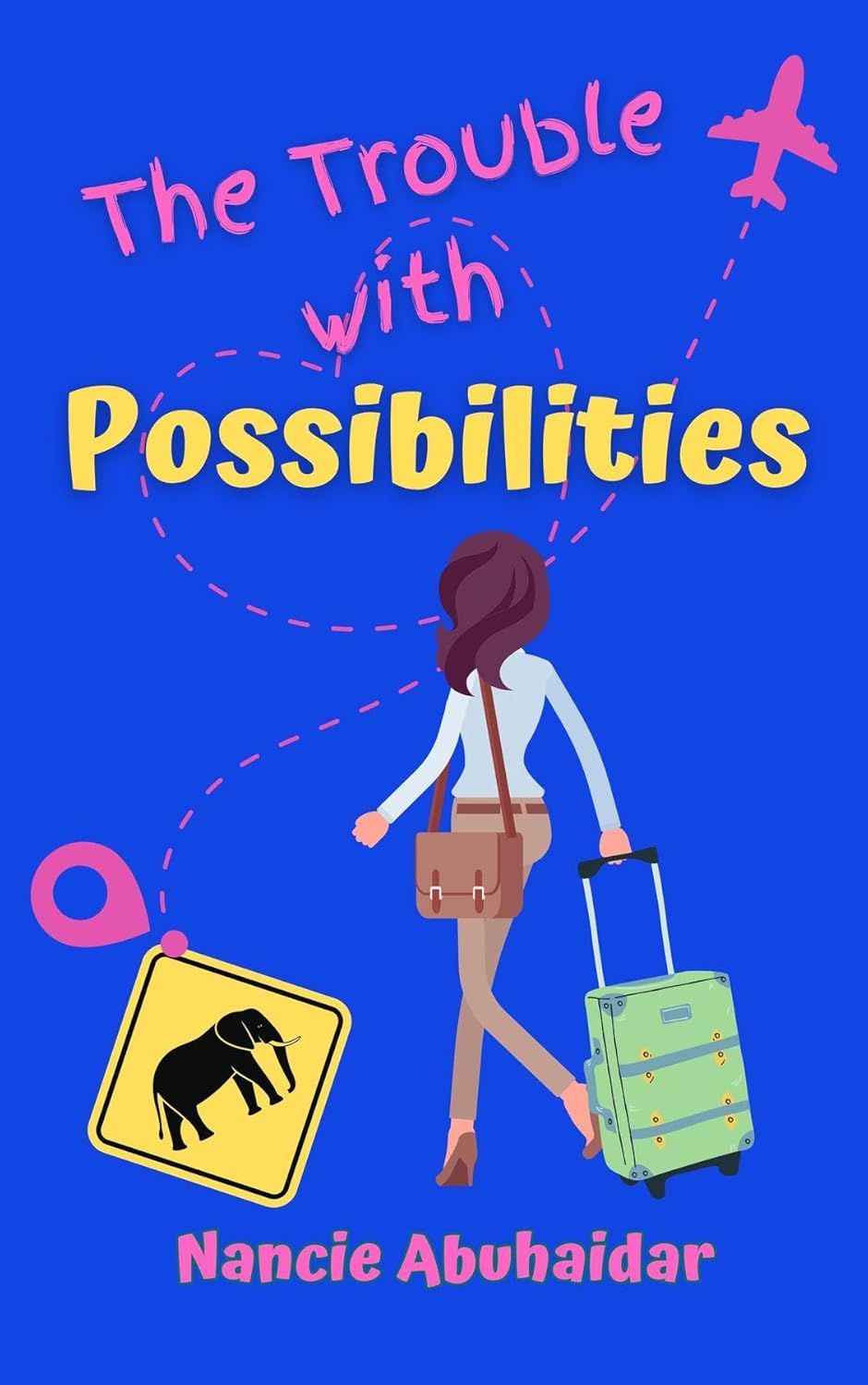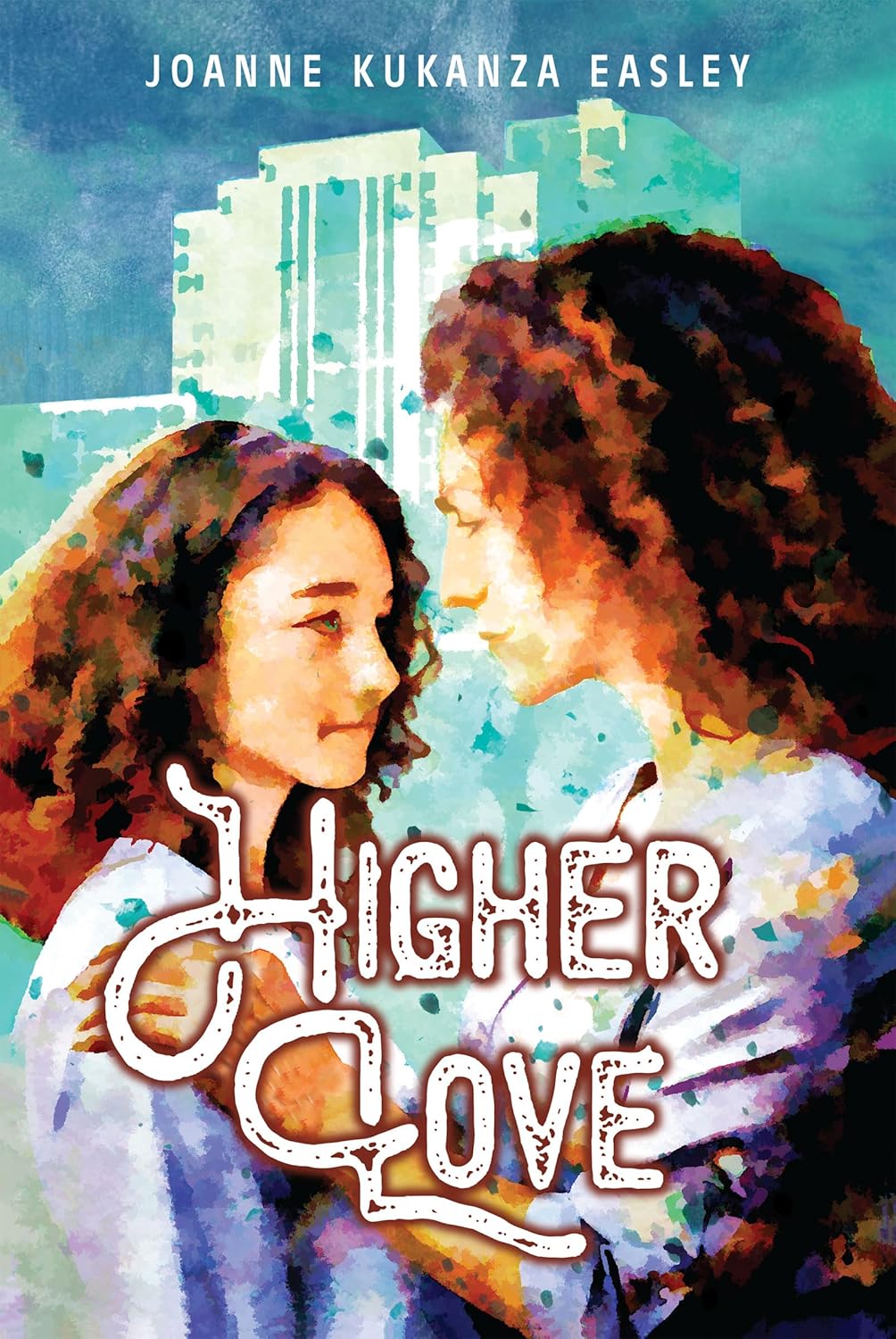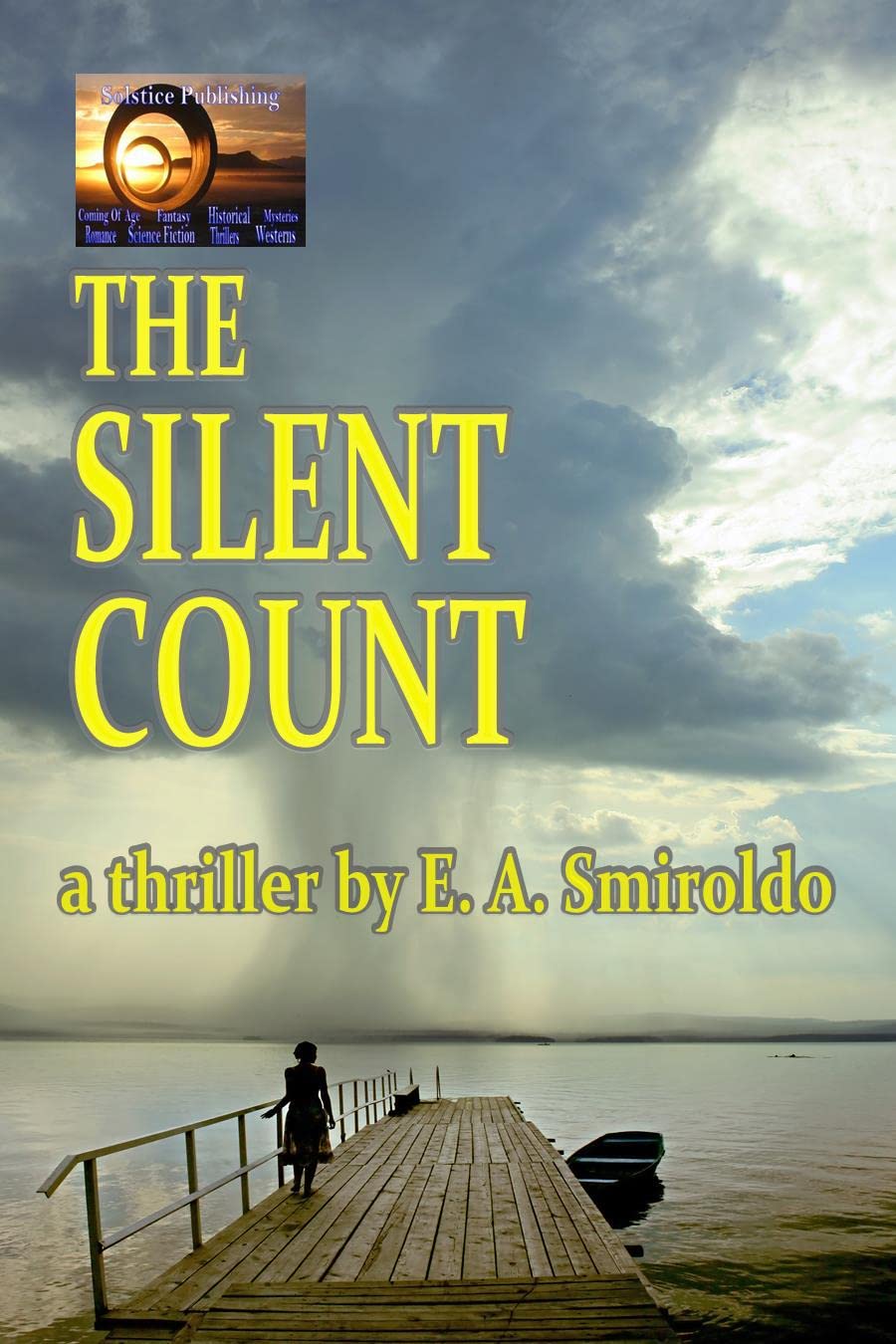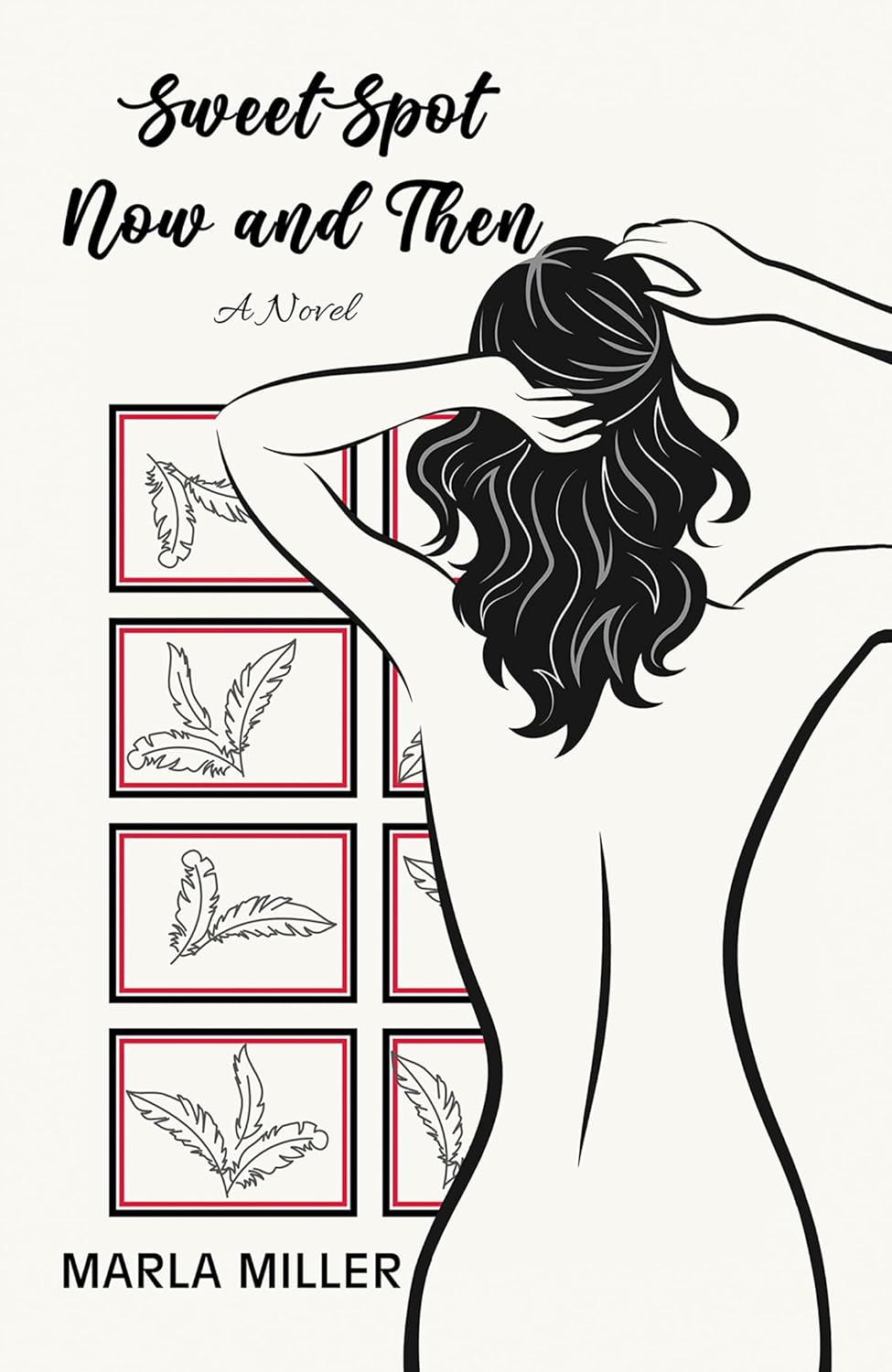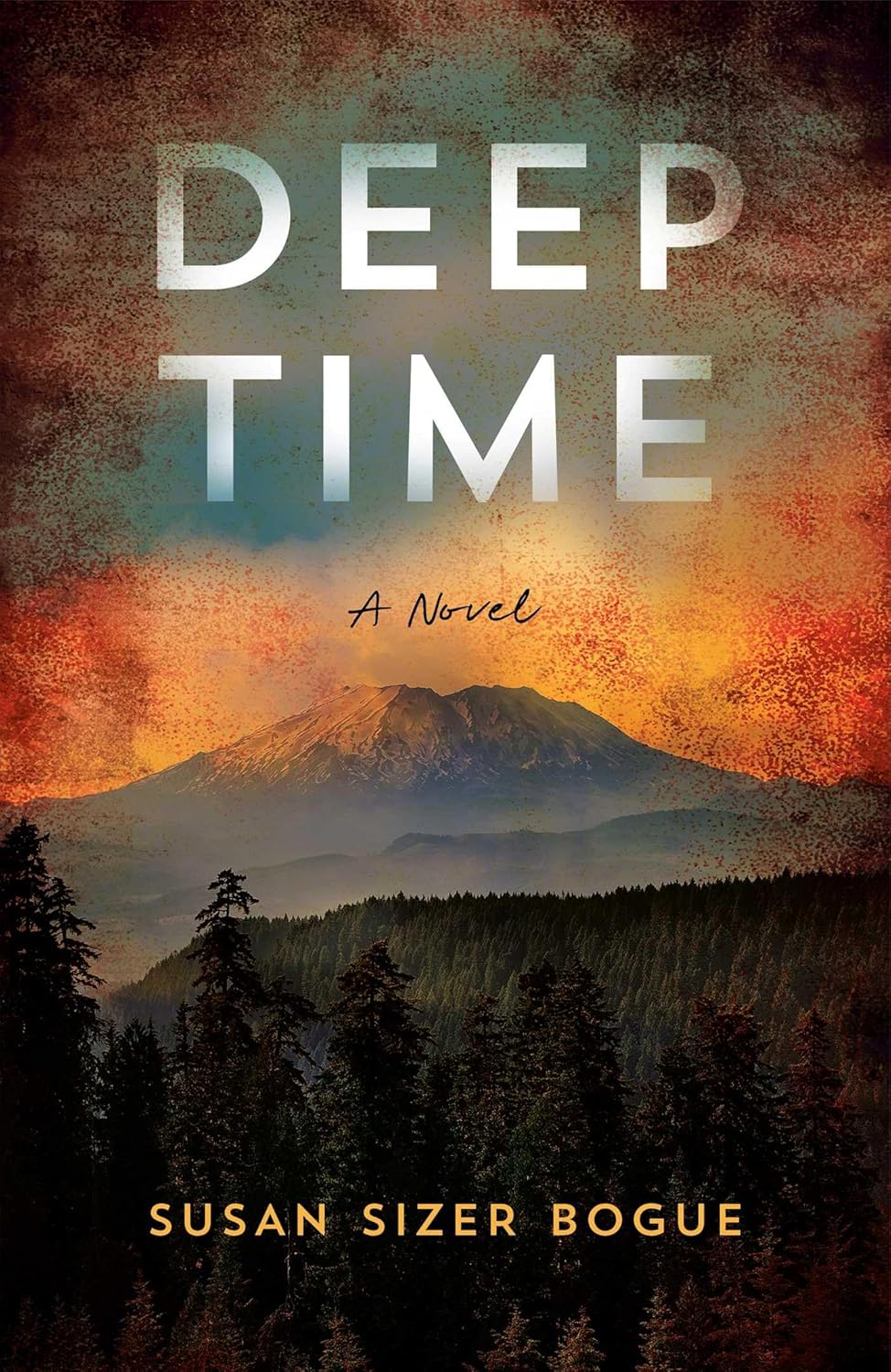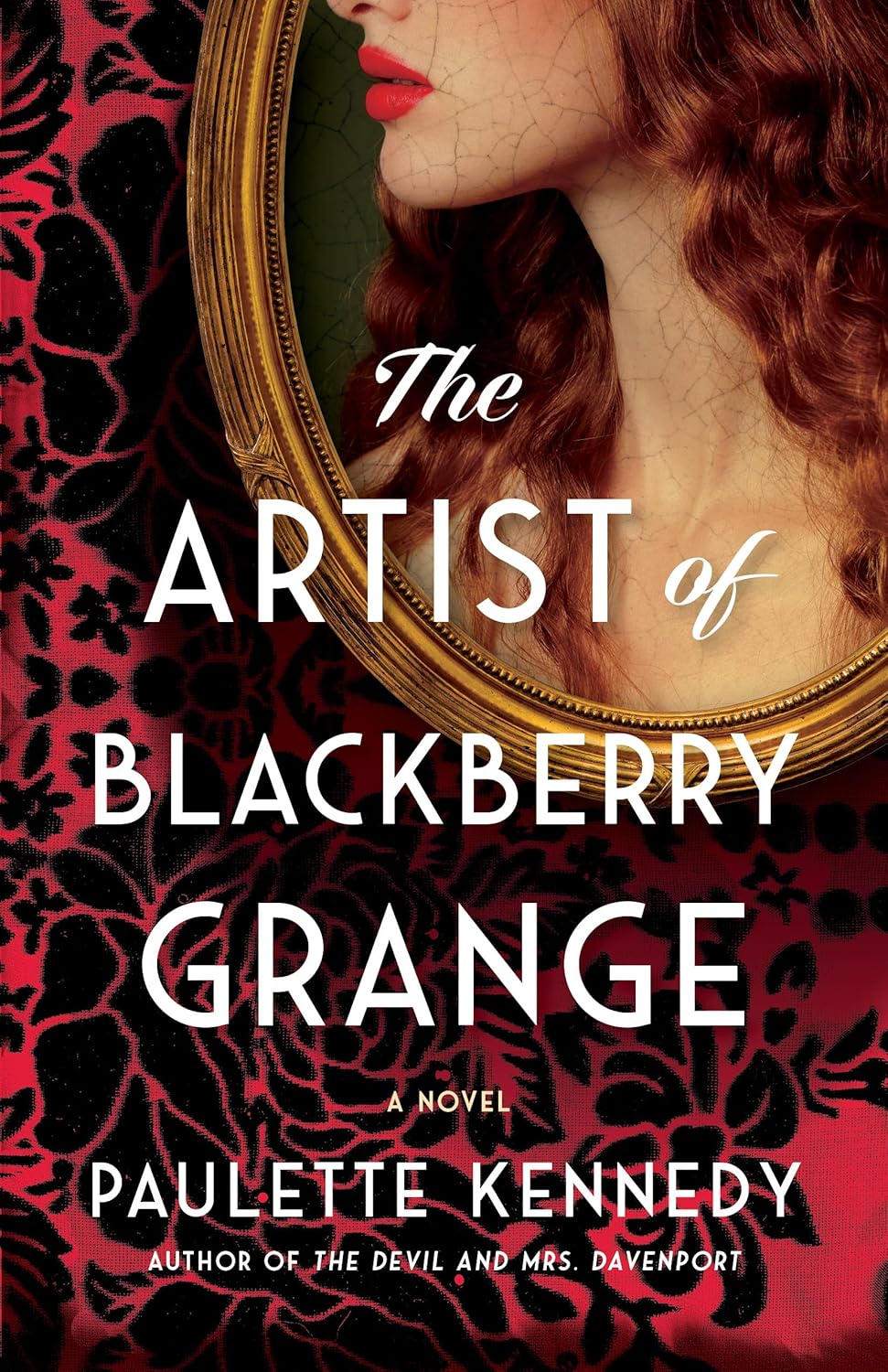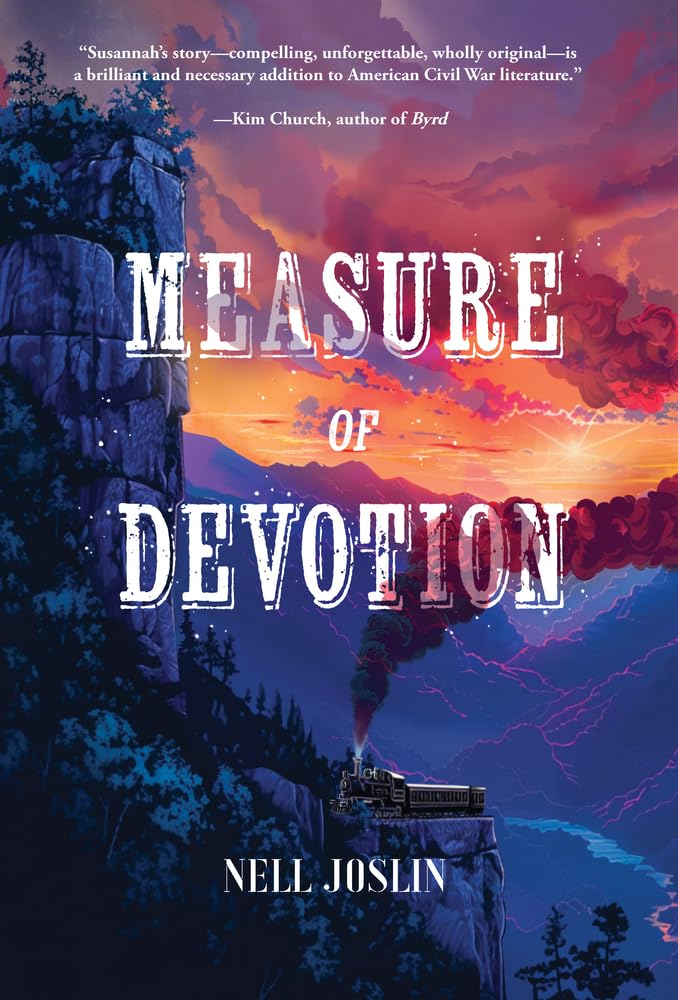Writing The Woven Memoir by Rebe Huntman
How to let go and allow the threads of your story find one another
by Rebe Huntman
When I attended graduate school for creative nonfiction in the early 2000s, writing that diverged from linear narrative was often looked at with suspicion, as if the writer was intentionally trying to be circuitous because they were incapable of following a straight line. But the stories that interest me are not circuitous for the sake of obfuscation but rather as a way to illuminate the way life comes to us as more than one thing. We don’t live in the flat world of Euclidean geometry. Space flexes and bends. So does time. And the writing form we call the lyric allows us to capture the way the world submits to that curvature.
Take the story that would become My Mother in Havana: the memoir of a grieving daughter who searches for her mother—30 years after her death—among the gods and ghosts and saints of Cuba. On its face, the idea seemed far-fetched. My mother had been dead thirty years. Neither she nor I were Cuban. And yet, I felt an invisible but undeniable thread pulling me to the island.
Nine years earlier, I’d traveled to Havana in my professional role as a Latin dancer and choreographer. And it had been there, among the dances that pay tribute to the Afro-Cuban gods, that I was introduced to Ochún, the West African river deity of love and fertility, and her Catholic counterpart, Our Lady of Charity.
A decade later, I was returning to Cuba. I wanted to know how these divine matriarchs—one, an African river deity of love and seduction and the other a chaste Madonna—could be held as if they were cut from the same cloth. Why were these twin mothers calling to me? What did they, and the Afro-Cuban religions that hold the dead close—have to teach me about connecting with my own mother?
It would take the writing of My Mother in Havana for the threads that connected their story with mine to find one another. And that writing process felt much more akin to weaving than it did to writing.
~*~
This metaphor of weaving rather than following a singular linear thread when we write traces its way to Socrates, who said that a word, by which he meant “the name of a thing” is “an instrument of teaching and separating reality, as a shuttle is an instrument of separating the web.”
Indeed, the word “text” traces its etymology to the Latin textus, meaning “style or texture of a work,”—from the past-participle stem of texere—“to weave, to join, fit together, braid, interweave, construct, fabricate, build.”
~*~
In ancient Jerusalem, priestesses at Yahweh’s Temple wove ritual textiles in honor of their Asherah, the tree of life who spins all living things from her own body. In Greece, the Fates held the thread of life between their collective hands, spinning, weaving, and cutting the measure of each life.
From Nigeria to Cuba, the river goddess Ochún, a central figure in My Mother in Havana whose name means both source and all that is generated by that source, can be found at the banks of her river, dyeing and weaving the cloth of our lives, plaiting our destinies through our hair. The threads she wove at the beginning of the world are what hold our stories in place, her steps that form the rivers of our days.
The cloth Ochún’s Nigerian town of Osogbo is famous for is called adire—from the root word adi, meaning “to put something together” and re, “to soak or dye.” In this form of tie-dye, strips of raffia are tied around sections of cloth to resist the stain of indigo. And so it’s the parts we don’t see—what is concealed from the dye—that are crucial to what we will eventually see; those parts that are hidden inside the textile that render the eventual pattern of the cloth. Like the child birthed from the womb, it is the invisible made visible by the shape that holds it.
~*~
Two months after my mother died, I walked home from my last winter exam. It was indescribably cold out. Snow crunched underfoot and a curtain of still more snow fell through the dusk, like ash. The stone walls of the campus chapel rose ahead, heavy and gray, from the landscape, its stained-glass windows shining impossibly bright against all that gray.
There was something about the way those shimmering bits of glass, any one of them seemingly without pattern or significance, came together to create a picture of wholeness. And, as I beheld them, I felt my mother with me, her appearance not a figment of a young woman’s imagination but an actual, physical presence walking by my side, her footsteps falling in time with mine. I felt her hand, solid and substantial, fitting precisely inside my own.
~*~
It is this reach for wholeness that drives My Mother in Havana’s narrator as she searches for her mother between the worlds of Ohio and Cuba, between the spiritual practices of Santería and Folk Catholicism, and between the stories of her biological mother and the stories of the archetypal mothers Our Lady of Charity and Ochún.
I laid down these threads like the weft threads of a loom, with each new thread illuminating and building upon the warp threads that held them in place. Because yes, My Mother in Havana is a book about a woman’s search for her mother, but it is also an examination of why I needed to leave my own country in order to find her. It is an interrogation of why the mother has been lost—not just to one grieving daughter—but to a broader culture that has pushed her to the margins. It is an excavation of the sacred feminine as viewed through the spiritual mothers of Cuba; and it is an inquiry into how we might resurrect her, no matter where we live.
—
BIO:
Rebe Huntman is a memoirist, essayist, dancer, teacher, and poet who writes at the intersections of feminism, world religion and spirituality. For over a decade she directed Chicago’s award-winning Danza Viva Center for World Dance, Art & Music and its dance company, One World Dance Theater. Huntman collaborates with native artists in Cuba and South America, has been featured in Latina Magazine, Chicago Magazine, and the Chicago Tribune, and has appeared on Fox and ABC. A Macondo fellow and recipient of an Ohio Individual Excellence award, Huntman has received support for her debut memoir, My Mother in Havana: A Memoir of Magic & Miracle (Monkfish Book Publishing Company, February 18, 2025), from The Ohio State University, Virginia Center for Creative Arts, Ragdale Foundation, PLAYA Residency, Hambidge Center, and Brush Creek Foundation. She lives in Delaware, Ohio and San Miguel de Allende, Mexico.
My Mother in Havana
A Memoir of Magic & Miracle
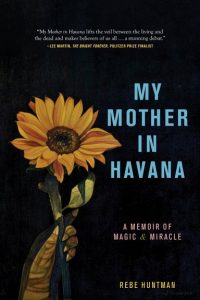 A daughter’s search for her deceased mother brings her face to face with the gods, ghosts, and saints of Cuba.
A daughter’s search for her deceased mother brings her face to face with the gods, ghosts, and saints of Cuba.
“My Mother in Havana lifts the veil between the living and the dead and makes believers of us all. This story of a mother’s absence and a daughter’s need is written with a lyricism that filled my heart with beauty while also making it ache for loved ones lost. This is a stunning debut.” —Lee Martin, author of the Pulitzer Prize Finalist, The Bright Forever
“I closed this book believing more than ever that the people we love, including the people we’ve been, never really leave us.” —Maggie Smith, New York Times bestselling author of You Could Make This Place Beautiful
Writing with a physicality of language that moves like the body in dance, Rebe Huntman, a poet, choreographer, and dancer, embarks on a pilgrimage into the mysteries of the gods and saints of Cuba and their larger spiritual view of the Mother. Huntman offers a window into the extraordinary world of Afro-Cuban gods and ghosts and the dances and rituals that call them forth. As she explores the memory of her own mother, interlacing it with her search for the sacred feminine, Huntman leads us into a world of séance and sacrifice, pilgrimage and sacred dance, which resurrect her mother and bring Huntman face to face with a larger version of herself.
BUY HERE
Category: How To and Tips




